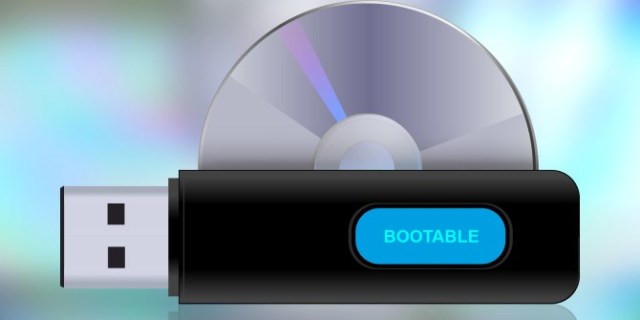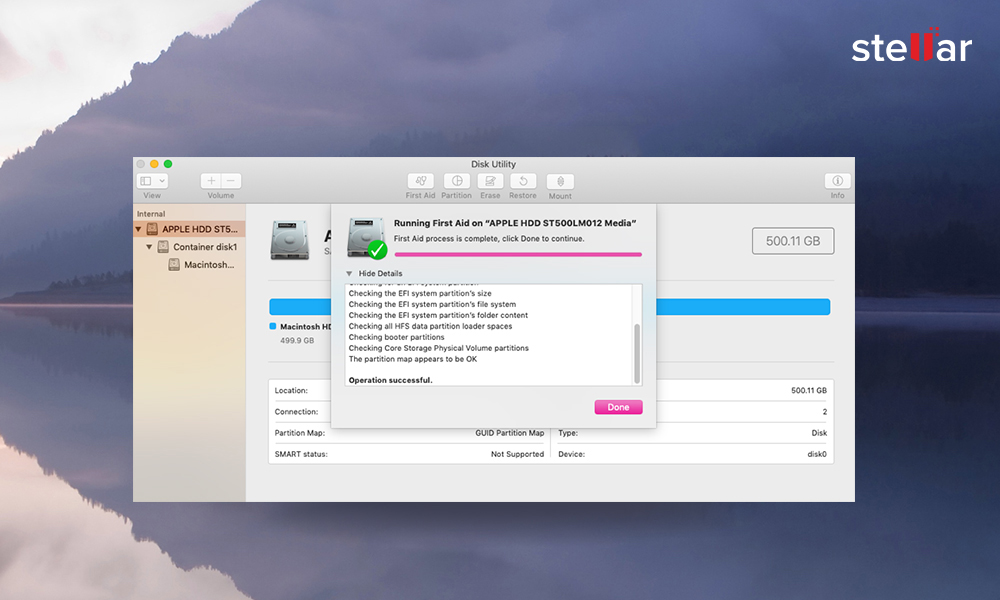- Opening Disk Utility from Applications 1. Click on the Finder Icon from the dock. Locate and click to open Applications within the left pane of the Finder window. This is usually above the users home folder Icon. Scroll to the bottom of the Applications window to locate and click to and open Utilities. Locate and click to open Disk Utility.
- Partition schemes available in Disk Utility on Mac. Get detailed information about a disk. Manage physical disks and volumes. Add, erase, or delete APFS volumes. Erase and reformat a storage device. Encrypt and protect a storage device with a password. Partition a physical disk.
- Before Mac OS X Panther, the functionality of Disk Utility was spread across two applications: Disk Copy and Disk Utility. Disk Copy was used for creating and mounting disk image files whereas Disk Utility was used for formatting, partitioning, verifying, and repairing file structures. The ability to 'zero' all data (multi-pass formatting) on a.
| Operating system | macOS |
|---|---|
| Type | Utility |
| Website | support.apple.com/guide/disk-utility/welcome/mac |
Disk Utility is a system utility for performing disk and disk volume-related tasks on the macOSoperating system by Apple Inc.
MacDrive is seamless. Access Mac disks like any other disk. Simple and easy to use, MacDrive is recognized as the leader for accessing Mac disks from Windows for almost 20 years. Once you plug in your Mac disk, behind the scenes MacDrive works to seamlessly enable Windows understand HFS+ disks and allow you to read and write to the disk.
Functions[edit]
The functions currently supported by Disk Utility include:[1]
- Creation, conversion, backup, compression, and encryption of logical volume images from a wide range of formats read by Disk Utility to .dmg or, for CD/DVD images, .cdr
- Mounting, unmounting and ejecting disk volumes (including both hard disks, removable media, and disk volume images)
- Enabling or disabling journaling
- Verifying a disk's integrity, and repairing it if the disk is damaged (this will work for both Mac compatible format partitions and for FAT32 partitions with Microsoft Windows installed)
- Erasing, formatting, partitioning,[2] and cloning disks
- Secure deletion of free space or disk using a 'zero out' data, a 7-pass DOD 5220-22 M standard, or a 35-pass Gutmann algorithm
- Adding or changing partition table between Apple Partition Map, GUID Partition Table, and master boot record (MBR)
- Restoring volumes from Apple Software Restore (ASR) images
- Checking the S.M.A.R.T. status of a hard disk
Disk Utility functions may also be accessed from the macOS command line with the diskutil and hdiutil commands.[3]
History[edit]
In the classic Mac OS, similar functionality to the verification features of Disk Utility could be found in the Disk First Aid application. Another application called Drive Setup was used for drive formatting and partitioning and the application Disk Copy was used for working with disk images.
Before Mac OS X Panther, the functionality of Disk Utility was spread across two applications: Disk Copy and Disk Utility. Disk Copy was used for creating and mounting disk image files whereas Disk Utility was used for formatting, partitioning, verifying, and repairing file structures. The ability to 'zero' all data (multi-pass formatting) on a disk was not added until Mac OS X 10.2.3.[4] Further changes introduced in Mac OS X Tiger, specifically version 10.4.3, allowed Disk Utility to be used to verify the file structure of the current boot drive. Mac OS X Leopard added the ability to create, resize, and delete disk partitions without erasing them, a feature known as live partitioning. In OS X El Capitan, Disk Utility has a different user interface and lost the abilities to repair permissions due to obsolescence,[5] create and manage disks formatted as RAID, burn discs, and multi-pass format internal solid-state drives and encrypted external drives.[6]
See also[edit]
References[edit]
- ^'Disk Utility 10.5 Help: Testing and repairing a disk or volume'. Apple Inc.
- ^'Mac OS X 10.5: About resizing disk partitions'. Apple Inc.
- ^Landau, Ted; Frakes, Dan (December 20, 2005). Mac OS X Help Line, Tiger Edition. Peachpit Press. ISBN9780132705240.
- ^'Mac OS X: About the Mac OS X 10.2.3 Update'Archived March 27, 2008, at the Wayback Machine. Apple Inc.
- ^'OS X v10.11 Developer Beta 7 Release Notes'. Mac Developer Library. Apple Inc. August 18, 2015. Retrieved October 7, 2015.[permanent dead link]
- ^Cunningham, Andrew; Hutchinson, Lee (September 29, 2015). 'OS X 10.11 El Capitan: The Ars Technica Review'. Ars Technica. Retrieved September 30, 2015.

External links[edit]
We offer below full versions of our programs underWindows 2000/XP/Vista/Windows 7/8/10.
| Windows 32-bit series | |
| MacDisk for Windows 32 bits v. 8.0 New version 8.0, (installed on the 11/22/2013).This version allows you to fully test the application engine, the disk accessroutines and the graphical interface under Windows. | MacDisk |
| MacImage for Windows 32 bits v. 9.1 New version 9.1, uploaded on the 11/18/2014, complete with WinComposer and installer. | MacImage |
| WinComposer for Windows 32 bits v. 2.0.0.183 (length 2,195,776 bytes) New version 2, uploaded on the 11/10/2004, complete with installer. Fully functional version, usable 30 days | WinComposer |
| MacMail for Windows 32 bits (length 1,586,269 bytes) Version 3.0 of a tool to manage/decode Macintosh email attachments. 30-day trial version | MacMail |


| Conversion utilities | |
| Mac2SFM (length 1,684,393 bytes), utility to convert Macintosh containersto multistream NTFS/SFM files, full version. | Server 1 |
| MacText (length 704,559 bytes), a small text converter for Macintosh file formats which are generally ignored on the PC (subset of our general conversion packages). Demo version, truncating files at 10 kB. | Server 1 |
| For our general conversion programs, please visit the specific pages onConv and Lect. | |
Disk Utility Mac Pro
| Other utilities | ||
| Data-XRay (length 2,159,004 bytes), hexadecimal viewer/editor for data media and files. See our page on the package> | TestSpti (length 39,886 bytes), utility for exploring/testing the SPTI (SCSI Pass Through Interface) interface (32-bit version for NT only) | Server 1 |
| DCS-Edit (length 36,486 bytes), utility for editing the file names in a DCS fileset | Server 1 | |
| MacBinary (length 112,115 bytes), an utility to manage (produce/strip the special header) MacBinary files on the PC (see our page on the MacBinary format for further information) | Server 1 | |
| DeBinHex (length 52,108 bytes), utility to convert 'binhexed' files. See our page on the BinHex format for more information. | Server 1 | |
Disk Utility Mac Erase Greyed Out

| The Lsdiorw Service(Windows 2000/XP/Vista only). See also our information page. | |
| Lsdiorw.zip Version 1 (length 19,920 bytes), zipped archive containing the service (Lsdiorw.exe), the installer (instserv.exe) and the uninstaller (uninstserv.exe). To be used with MacDisk version 6.2 and lower. | Server 1 |
| Lsdiorw2.zip Version 2 (length 21,180 bytes), zipped archive containing the service (Lsdiorw.exe), the installer (instserv.exe) and the uninstaller (uninstserv.exe). To be used with MacDisk version 6.5 and higher. | Server 1 |
| Lsdiorw4.zip Version 4.0.0.333 (length 43,714 bytes), zipped archive containing the service (Lsdiorw.exe), the command line installer (instserv.exe) and uninstaller (uninstserv.exe) and a graphical user interface installer/uninstaller (lsdinst.exe). To be used with MacDisk version 7.0 and higher. | Server 1 |
| Lsdiorw4.1.zip Version 4.1.0.360 (length 47,370 bytes), zipped archive containing the service (Lsdiorw.exe), the command line installer (instserv.exe) and uninstaller (uninstserv.exe) and a graphical user interface installer/uninstaller (lsdinst.exe). New version for Windows Vista To be used with MacDisk version 7.2 and higher. | Server 1 |
| Lsdiorw.5.0.zip Version 5.0.0.667 (length 248,652 bytes), zipped archivecontaining the service (Lsdiorw.exe), the command line installer (instserv.exe)and uninstaller (unstserv.exe) and a graphical user interface installer/uninstaller(lsdinst.exe). To be used with MacDisk version 8.0 and higher. | Server 1 |